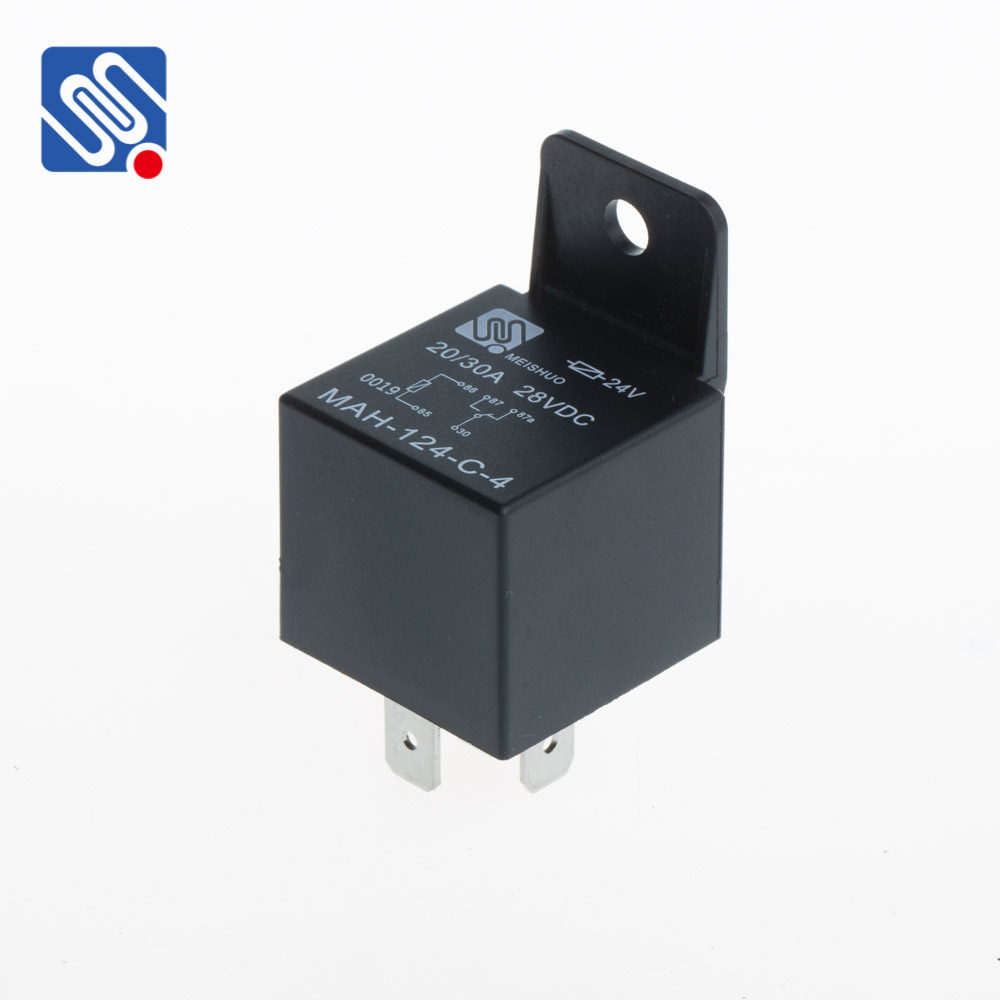relay operation guide: essential tips for efficient operation and maintenance
Release time:2025-11-12 17:36:25
Relays are essential components in electrical control systems, allowing for the automation and protection of circuits by controlling the switching of electrical devices. Whether you're using a relay in an industrial setup, for automation systems, or in home appliances, understanding how to operate and maintain relays efficiently is crucial. This Relay Operation Guide aims to provide a comprehensive overview of relay operations, including installation, operation, troubleshooting, and maintenance.

1. Understanding Relays: The Basics
A relay is an electrically operated switch that is used to control the operation of electrical devices. It consists of an electromagnet, a set of contacts, and a spring mechanism. When an electrical current is applied to the relay’s coil (the electromagnet), it generates a magnetic field, pulling the contacts together or apart, depending on the relay type.
There are various types of relays, such as electromagnetic relays, thermal relays, and solid-state relays. Each type serves different purposes, from simple on/off switching to more complex functions like time delays or fault detection.

